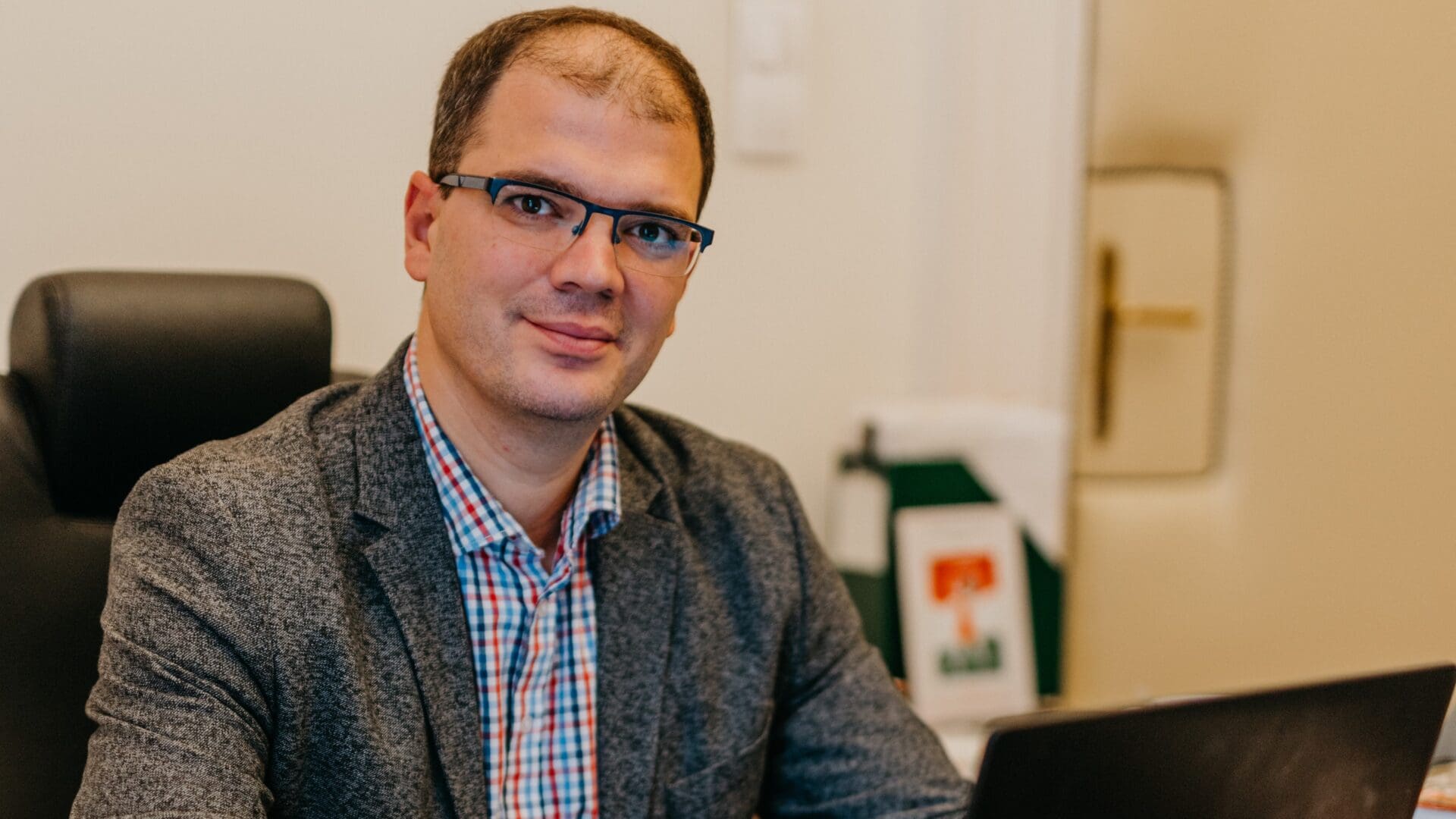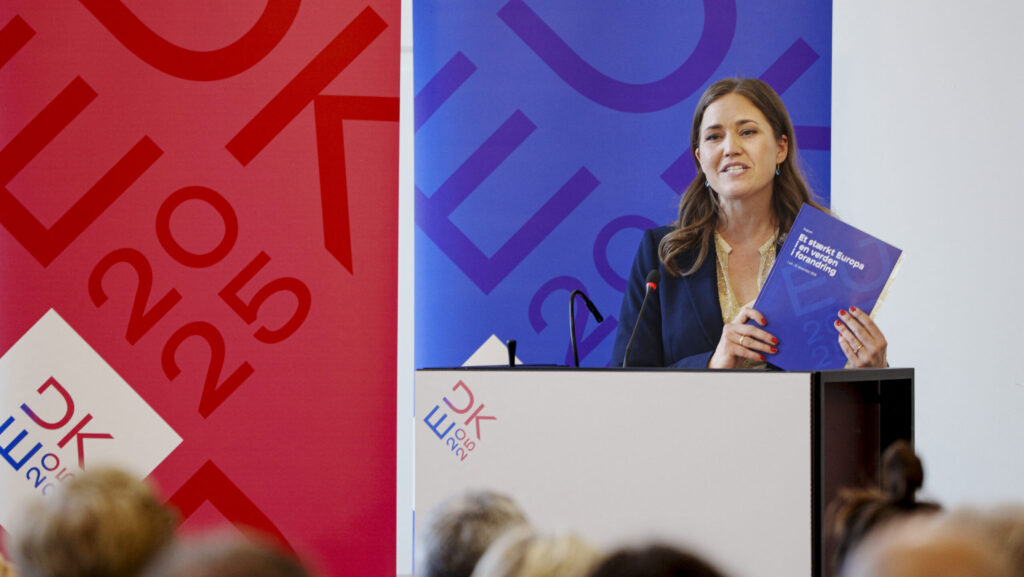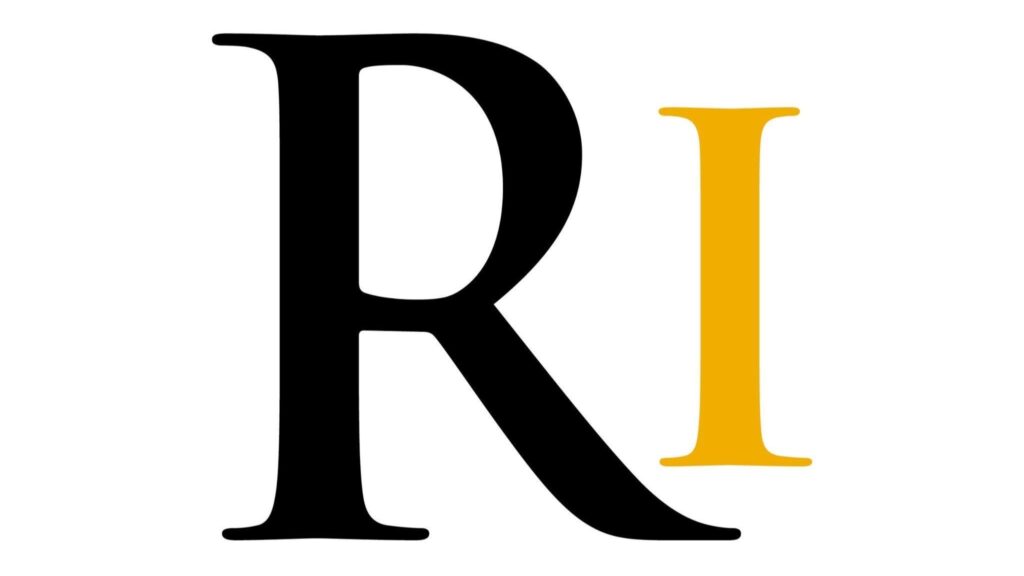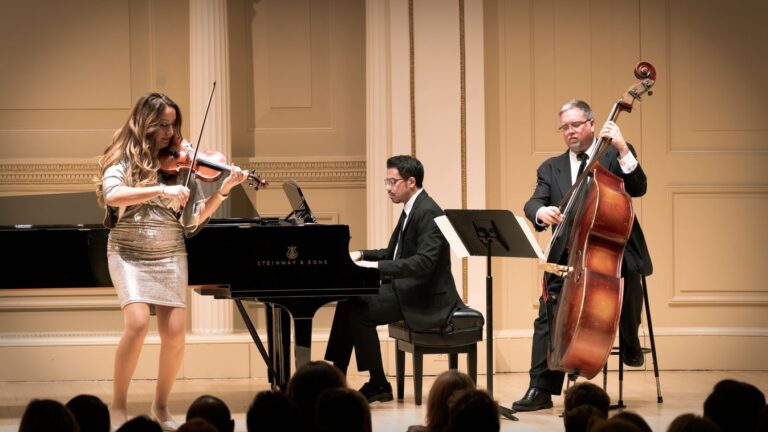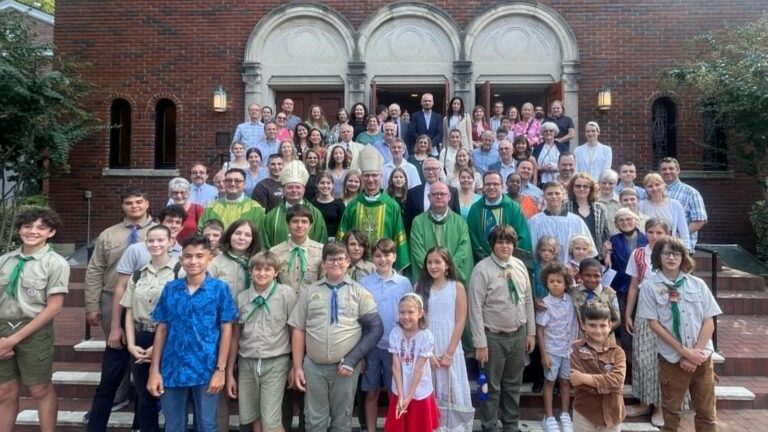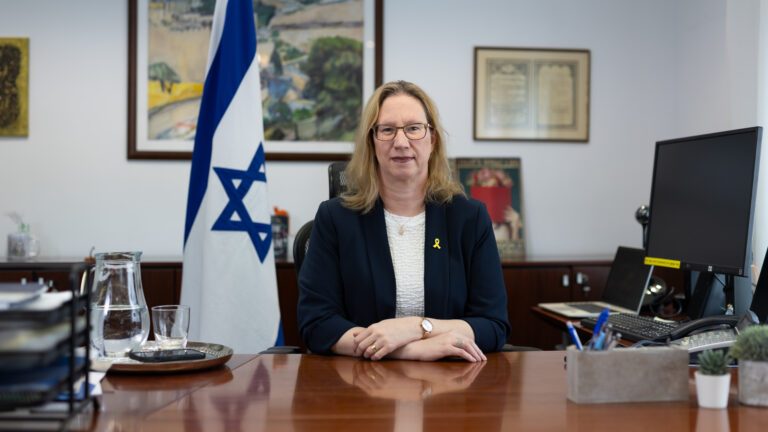Áron Máthé is an acclaimed Hungarian historian. He holds a master’s degree in sociology and a PhD in history from Pázmány Péter Catholic University. His research focuses mainly on the history and ideology of totalitarian dictatorships and the analysis of and comparisons between the Nazi/Arrow Cross movement and communism. He worked for the Terror House Museum between 2001 and 2012 as head of research. During those years, he had a seminal role in the creation of the permanent and temporary exhibitions of the museum. He also contributed to the establishment of two museums in Hódmezővásárhely: the Holocaust Museum and the Emlékpont Museum, the latter dedicated to the history of the town between 1945 and 1990. He was a researcher with the Századvég Foundation between 2012 and 2014. Currently he serves as the vice-chair of the Committee of National Remembrance (Nemzeti Emlékezet Bizottsága, NEB).
***
Why did you choose to become a historian?
When I was a child, my father read at least one folk tale to us kids almost every night. In Hungarian folktales, and as far as I know, in the folktales of many other nations, there are many questions or concepts about man being a social being: poverty, wealth, work, struggle, betrayal, heroism, deceit, honesty. Kings and their knights, rich and poor peasants, villages and towns, palaces and hovels. This world captivated me, my brother and I regularly played with our plastic soldiers, and when my grandfather taught me to read before I even started school, it happened to be a colouring book about the Mongol invasion that we used. That sealed my fate; I also had very good teachers at primary school, high school and university. So storytelling became my life’s vocation.
What is the role of the Committee of National Remembrance in Hungarian scholarly life?
The Committee of National Remembrance has initiated research that brings new information or even opens up new perspectives in areas that have been neglected or even forgotten. Where possible, we cooperate in the form of workshops representing a wide variety of narratives, and in the course of discussions and dialogue we try to present the picture we wish to paint.
What are your experiences and impressions of the younger generations’ attitudes towards the past?
This is a good question. On the one hand, in my unusual history lessons, or watching my adopted son’s friends, or in my university classes, I sensed the need in youngsters to identify with the Hungarian past. They want explanations, they want heroes, they want to discover great things. Unfortunately, as Hungarians, we are not lucky with the twentieth century: it is difficult to tell stories where it can be said, as at the end of folk tales, that all is well that ends well. On the other hand, it is easy to judge and to be easily swayed by the fashionable waves of criticism. This, of course, has always been the case among young people. In Hungary, however, national self-interest is not so clear-cut, and the argument that starts with ‘we were stupid because…’ is usually a slogan put into our mouths by some external power.
To what extent do these generations have a nuanced view of our 20th century history, or are they influenced by current politics?
Please allow me to answer this at greater length. What do we mean by current politics? A current of opinion can run around in the ‘mainstream’ press of the post-Western world at lightning speed, and such currents also demand a moral stance. One is reminded of George Orwell’s remark about the press that ‘what is most astonishing is the way in which compassion is dispensed, sometimes turned on, sometimes turned off, like a tap’. And then where was the electronic media of our time! One such opinion nowadays is that the situation in Ukraine is the same as that of the Hungarians in 1956. This is very widespread and has the potential of causing anxiety and remorse among young people. Yet nothing could be further from the truth. The Hungarians rose up in 1956 because they wanted to fight a totalitarian dictatorship, to win national independence and to turn their backs on the games of the great powers. If there is anything remotely similar to Ukraine’s situation, it is Finland in 1939, which had also broken away from the Great Russian Empire earlier. But the parallels end at the heroic resistance, greedy imperial politics and a clumsy Russo-Soviet army. Finland had no corruption at all, and instead had constitutional democracy and broad rights for national minorities. Let me give you another example. Some historians have suggested that ‘we are on the wrong side again’. Well, Hungary in the Second World War tried to preserve its national space as long as it could. First of all, it could not because, as Viktor Orbán said, no country can choose its house number. In the immediate neighbourhood of the German Reich, it would have been very, very difficult to move in any other way. But it was not only geopolitical circumstances that mattered, but also the fact that a large part of our opinion-forming class was unable to read between the lines and, in a kind of ‘historical gravity’, thought that nation-state sovereignty could be limited in the interests of some greater cause.
In the problem-solving competition for secondary school students organised by the Mathias Corvinus Collegium, the largest Hungarian talent development agency, one group of students was given a task related to history. I was a jury member for this group. The challenge was to try and find ways to prevent Hungary from entering the Second World War on the side of the Germans. I saw that there were not only good ideas, more or less historical, but also downright cheeky ideas—and from this I conclude that this generation of twenty-year-olds does not carry the inhibitions and limitations of our parents and grandparents. Maybe others do—but each generation has its own challenges to face.
Can a common denominator be found, for example regarding 1956?
Once or twice in the Russian state media there were examples of 1956 being presented as a ‘colour revolution’ or a CIA provocation. Well, ‘colour revolutions’ are indeed linked to the well-planned ‘democracy export’, but 1956 was not one of them. To put it mildly, the great powers were speechless at the sight of a totalitarian dictatorship being ended in a whole country in a few days, with a minimum of bloodshed, and a people taking their destiny into their own hands. Of course, there are those on the other side who believe that this was a Soviet or even a domestic Communist provocation. These are unjustifiable allegations, and after all, even if someone wanted to provoke, it was not planned that way, that is for sure. Some historians have pushed the image of a ‘small October socialist revolution’, or emphasised the reformist role of Imre Nagy and his circle. At the same time, they wanted and still want to denounce the armed freedom fighters. It is no coincidence that Whose Revolution? was the title of a book three decades ago which set out the main questions about the revolution. We at the Committee of National Remembrance have added another aspect: the so-called ‘silent revolution’ of small towns and villages. The process that took place in a matter of days, in which the Hungarian people simply abolished the dictatorship and set up their own self-governing bodies and organised their lives. Then they did the same at the district and county levels. All this was done with dignity, without riots and bloodshed. The question of the workers’ councils is also linked to this—they did the same thing in one large factory after another, and within days the armed factory guards were set up and the workers’ councils were in session. There were precedents for all this: in addition to the much-mentioned Petőfi Circles, similar but differently constituted discussion groups had already been formed in many county towns before the revolution. 1956 cannot be taken away from us even by those who emphasise the reformist debates of the purely communist or socialist intellectual groups.
Is it possible to find heroes these days? I am thinking of the publication Hungarian Heroes.
I think this is our most important task. Whose story do we want to tell? Whose story do we want to carry on? The communist dictatorship of Kádár after the 1956 revolution followed a strategy of partly ‘not to speak’, partly ‘to discredit’ and partly ‘to denounce’. 33 years passed in silence, in a fog. In fact, if we look at the whole of the half century after 1945, it was a case of trying to reinterpret the entire Hungarian past, of stigmatising the national idea and tradition. Therefore, we must now rediscover these decades, perhaps the entire 20th century, take possession of them and populate them with our own characters, our heroes. Who, of course, may have said things here and there that are uncomfortable or unacceptable today. Their actions may not always have been impeccable. But at one time or another they could outgrow themselves. And I think that is perhaps the most important thing.
You have written a book about the 1967 trial of Arrow Cross henchmen in Zugló. Why did the Communists need this trial, and how sincere was the demand for a reckoning with war criminals?
Well, these are two separate questions. I will start with the latter. I think that there was a need to start with a clean slate and to bring war criminals to justice. It is another matter that the communists did everything they could to hijack the whole process, and so it did not end up going very well. And here I can answer the other question. In the 14th district of Budapest, the Hungarian Nazi party organisation committed a number of crimes and murders between 15 October 1944 and the second week of January 1944. In 1967, the matter was taken up because it was necessary to react to the Eichmann trial in Jerusalem and the trials in the Federal Republic of Germany such as the Auschwitz trials. It was necessary to show that the anti-fascist struggle was going on, and, if possible to somehow include 1956. But that did not work.
You have also written a book about the paramilitary forces after 1945. Could it already be seen then that a dictatorship was in the making?
I think it was Stalin who said that the only real power is that which comes from the barrel of the gun. The Communists carried that in their guts. They saw to it, too, in almost every single settlement, right after the Soviet troops marched in. Without a second thought, they complied, or even exceeded, the orders of their Soviet masters, rounded up their potential, supposed opponents, or anyone who had a little property, and handed them over to the Soviets, who took these people away for forced labour. Sometimes they even took part in random manhunts. Others were tortured or beaten to death on their own authority. It is a miracle that, despite their activities and in defiance of Soviet intentions, the national democratic process began to unfold in the spring of 1945.
Many are calling for the so-called ‘agent lists’ to be made public. Do such lists exist, and if so, how well can they be researched?
In fact, they are not only calling for this, but also for the disclosure of ‘agent files’. This is an old political bluff and has been consistently associated with the left-liberal side since 1990. The very side that has blocked justice. Unfortunately, simplistic explanations and the selling of ‘secrets’ as political products still work for some parts of society. For a while, the main secret was the so-called magnetic tapes with various data related to the secret services. When these were transferred from the secret services to the archives in 2017, on the recommendation of the Committee of National Remambrance, these voices suddenly disappeared. Why? Because the data should be worked on, read, interpreted and evaluated. And those demanded their release in the press do not have the energy for that. The ‘archival revolution’ took place in several stages throughout Central Europe after 1990. Huge quantities of documents became accessible and researchable. Hungary is no exception. So what are we talking about? You can visit the Historical Archives of the State Security Services (ÁBTL) every working day during office hours. Everybody knows that the former communist State Security was not a charity service, its records were not created to find out the truth, but to record a communist, malicious imprint of reality. And the targets were drawn from social groups considered anti-communist.
The film Béke a nemzetek felett (Peace Above the Nations) was recently released, to which you contributed as an expert historian. How can we talk about Trianon with people from the West today?
I will be honest: it is difficult. They think it is a closed issue and, in a way that defies historiography, they tend to accept the reverse-writing of history, otherwise known as ‘presentism’. Even the subject of national minorities is taboo in Europe.
What is your next research topic?
Hungarian involvement during the Second World War has not yet been fully explored. I find the question of Hungarian volunteers who went to Poland to fight the Nazis in the summer of 1939 fascinating. Some returned home without fighting, but others stayed and fought alongside the Poles against the German invasion. I would like to know more about that.

